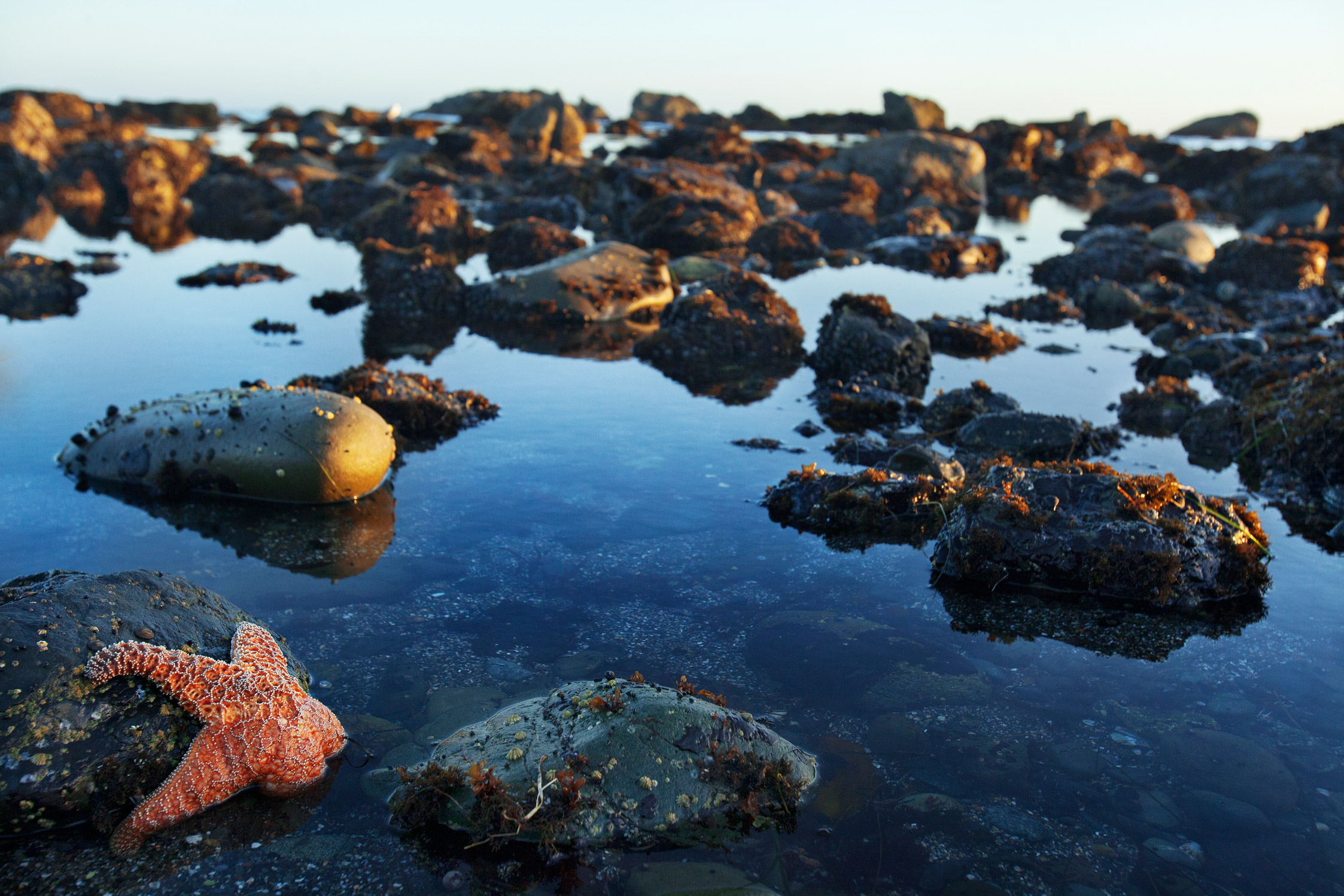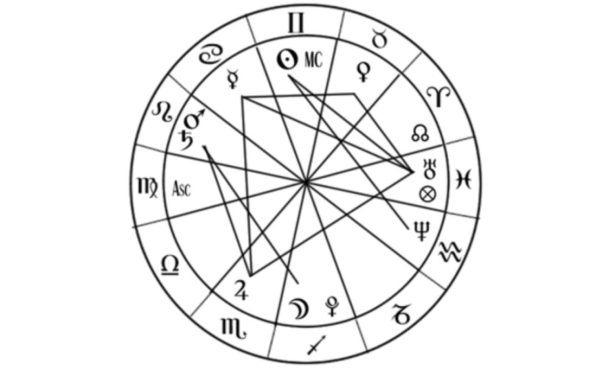Tide-pooling Discoveries
Anemones, Keyhole Limpets, and Turban Snails at Sea’s Edge

About every two weeks, the lunar cycle moves the ocean with greater gravitational pull, producing higher high tides and lower lows. The dramatic ebbs can expose craggy habitats and strange creatures typically hidden beneath the ocean’s surface. This is when tide-pooling is best.
Rocky shores, especially along headlands — such as Coal Oil, Leadbetter, and Rincon points, to name a few — offer foot access to anyone curious about the otherworldly life thriving where breakers meet the beach. Clad in old sneakers and light-footed upon the slippery rocks, you can expect to spot the usual intertidal invertebrates, such as anemones, mussels, keyhole limpets, and turban snails. With greater patience and a trained eye, keener investigations often reveal sea hares, tiny bat stars, purple urchins, kelp crabs, translucent fish the length of a child’s pinkie, and maybe even an octopus guarding her eggs. Above, you’ll likely be joined by gulls, herons, and egrets hunting for sustenance. For human fare, there are clams to be had if you know where to dig. But the common etiquette compels us to look and to study, but not to take. (It’s also never a bad idea to pick up washed-up trash you might find along the way.)
As most upstart tide-poolers instantly discover, “Cool! What’s that?!” is a common outburst. For answers, there are stacks of guidebooks, including the bible-sized Between Pacific Tides, principally authored by Edward Ricketts, an old friend of John Steinbeck who, in the forward he penned for the 1948 edition, stated: “There are good things to see in the tidepools and there are exciting and interesting thoughts to be generated from the seeing.”

For some hands-on schooling, visit the Santa Barbara Museum of Natural History Sea Center on Stearns Wharf, where volunteer docents — new recruits are always welcome — teach tourists and locals alike the finer details of our region’s intertidal wildlife. You’ll walk out of there an expert on the mermaid’s purse and where to find Navanax inermis, a small sea slug as beautifully alien as it is deadly voracious.
My daughter’s been volunteering at the Sea Center since 2015, and she’s now learning to ID plankton under a microscope. But her original love for marine biology first piqued during family tide-pooling excursions along the South Coast. It’s tough for her to pick just one favorite when it comes to tide-pool coolness, so for now she’s going with a tie between the inky blob that is the California sea hare and the squishy green carpet of aggregating anemones.



